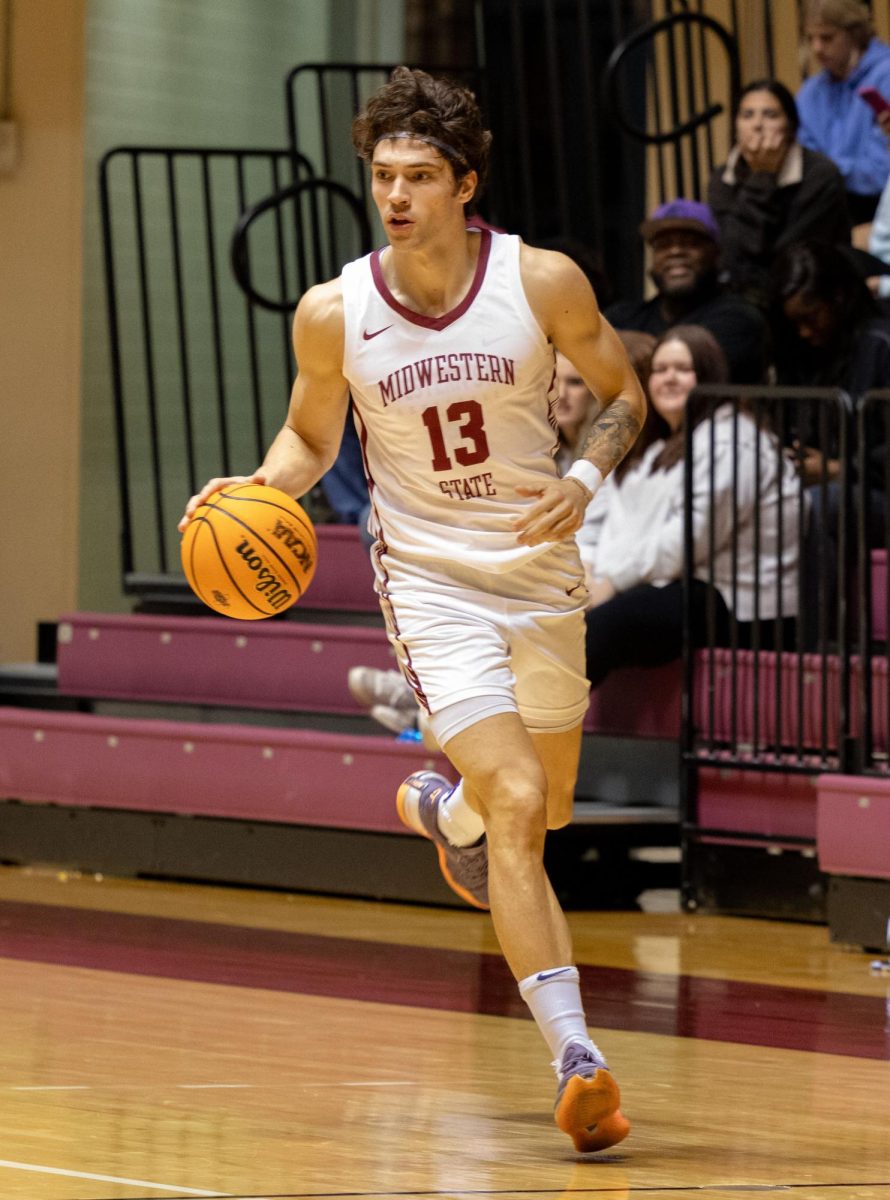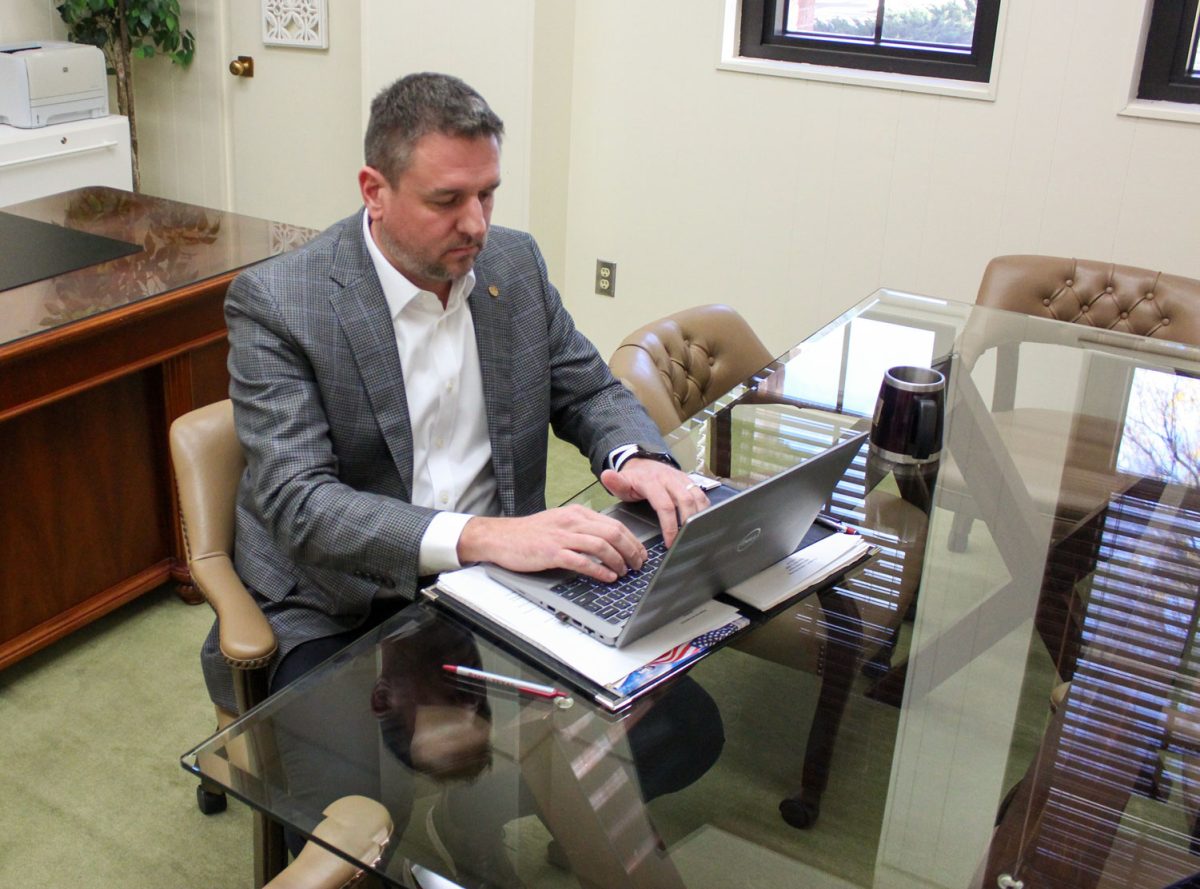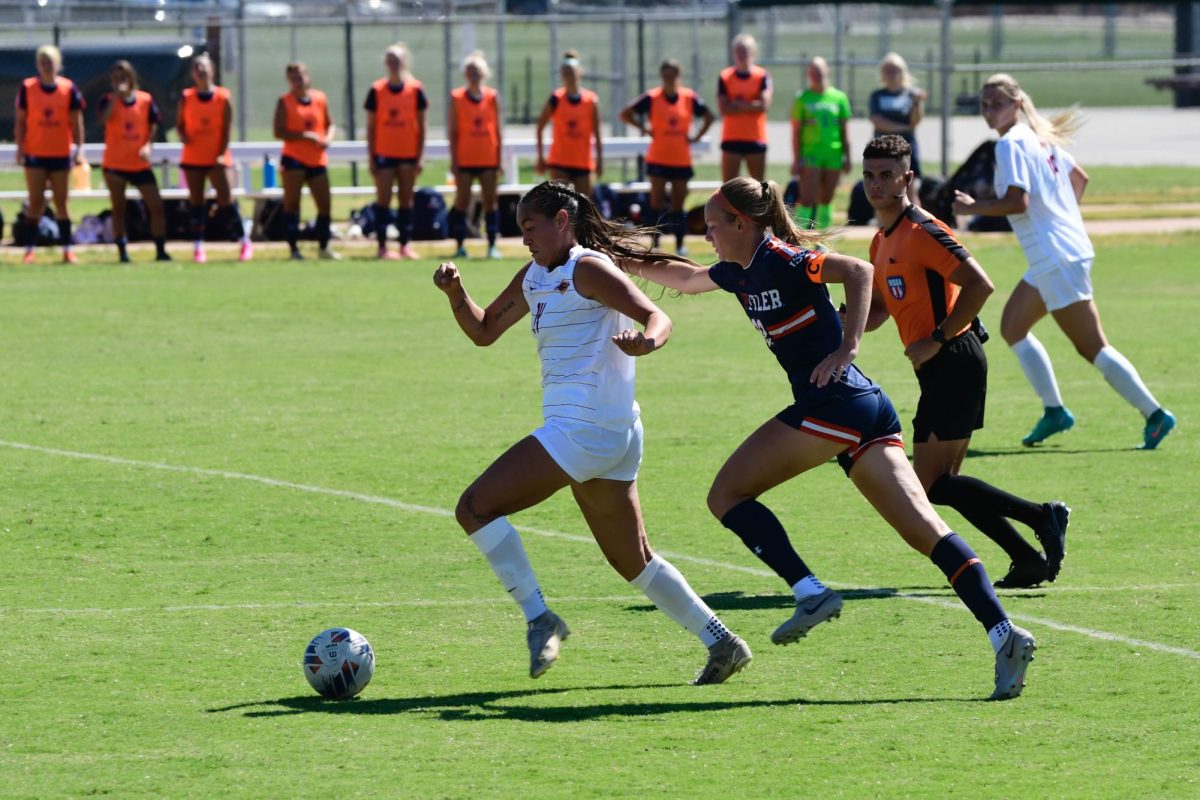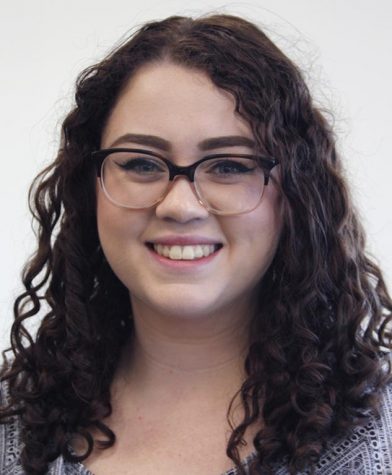The $641,000 budget shortfall in May presented administrators with a challenge to balance the budget for the 2018 fiscal year.
Marilyn Fowlé, vice president of administration and finance, said she and other administrators predicted a $1.2 million decrease, but in the last nights of legislative discussions, the Senate and House cut MSU’s budget by $1.75 million.
“We try to predict what we’re going to get from all different sources — housing and food services, tuition and fees and state appropriations — and we get those appropriations from the state every two years. We knew that they were going to cut our budget,” Fowlé said. “We spend a lot of time modeling how much money we were going to get, but we didn’t expect to lose that much.”
The budget is supposed to be put together by July 1, so this left the university with little time to find $641,000 for this fiscal year. Luckily enough, there was enough in savings from this fiscal year — which ends Aug. 31 — to tackle about half of the shortfall.
“We stopped spending right then and took half a million dollars from this fiscal year’s budget and front-loaded it to spend next year. We found the $1.2 million already for next year, because we budgeted for that, but we still need to find half a million dollars,” Suzanne Shipley, university president, said. “But that gives us two years to figure that out instead of just one, because that’s a lot of money to cut out of a budget at short notice.”
According to Shipley, about 25 percent of Texas universities got the maximum cut possible, including MSU. Fifty percent of universities had a 5-10 percent decrease, and the final 25 percent had either no decrease or even an increase in funds.
“It was not a very generous year for higher education. That was in part because in the last session, they gave us [MSU] all this capital funding — that’s how we’re going to be building the health sciences and human services building, the additions to Moffett Library — and they gave us individually about $54 million,” Shipley said. “So it’s not unusual to have a bad session after that, but we’ve got to get better.”
Part of this issue stems from the university’s lack of representation in the state, because the cities with bigger populations are more likely to have representatives in the state than those of smaller towns.
“They get behind closed doors and we have no idea what goes on in there. We don’t have any representation in the committee from this area, and a lot of times if a city has someone on the committee who is from there, that representative will look out for their home city,” Fowlé said. “We don’t have good representation, but that’s always been an issue.”
Both Shipley and Fowlé hope that the Flower Mound location will increase awareness of MSU and aid in the university’s representation.
“The whole outreach to Flower Mound can be really helpful, along with the brand extension to MSU Texas. It’s just so easy to remember the name MSU Texas,” Shipley said. “When you say Midwestern State University in Wichita Falls, Texas, by the time you’ve said it all, they’ve decided you’re in Kansas.”
Fowlé agreed with Shipley.
“The student population from Wichita Falls area is declining, so most students are coming from the Dallas-Fort Worth area. We’re competing with a lot of other schools and we’re not as well-known, so it’s an uphill battle — University of Texas, Texas A&M University, Texas State University, Texas Tech University, Tarleton State University and others,” Fowlé said. “We hope the Flower Mound extension will help with recruitment.”
Another important piece of the budget is enrollment numbers. State allocations are based on semester credit hours and total enrollment, so MSU’s slow growth plays a role in the budget.
“Part of it was we didn’t do our part — we need to grow. There’s funding from many different sources, but the place we lost the most funding is a set pool of money that is an enrollment match,” Shipley said. “When everybody grows more than we grow, there’s less of the pie for us. If there’s $500 of [an enrollment] pie, everybody gets a piece, and whoever grows the most percentage gets the biggest piece — and we didn’t grow at all.”
Shipley said that they have increased the budget for marketing to help spread the word about MSU to more areas.
“We look at every single place we can grow and kind of kick it up a notch. Instead of being happy with moderate growth, we try to get more significant growth, and a lot of that is marketing,” Shipley said. “We’ve never put any money into marketing, so people haven’t heard of us except through word of mouth — which is the best way — but we have fairly significantly increased the funding in marketing.”
Fowlé said the enrollment budget prediction is 6,150 students.
“Enrollment plays a huge factor into the budget,” Fowlé said. “We budgeted conservatively just to be safe.”
She also said we have recruiters located in Dallas full-time to work in the metropolitan area, since about 1/3 of our students come from the DFW area.
“It’s really hard to grow your enrollment from a rural base. [DFW] is going to be our pocket for growth,” Shipley said. “It makes sense to go to Houston and San Antonio too, but it’s really DFW that’s going to make it happen for us.”













